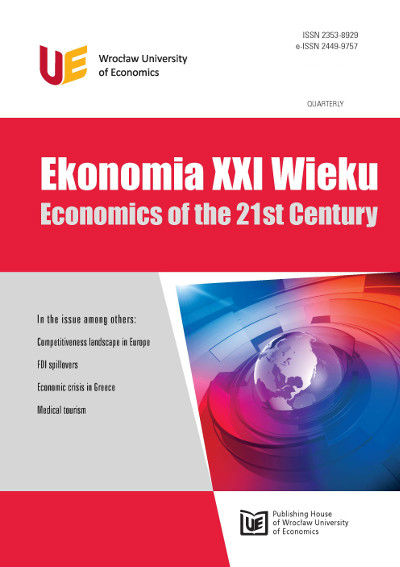Analiza opłacalności mikroinstalacji fotowoltaicznej (PV) w Polsce w oparciu o produkcję energii elektrycznej na potrzeby własne
Profitability analysis of photovoltaic microinstallation in Poland based on electrical energy production for own use
Author(s): Maciej ChmielińskiSubject(s): Economy
Published by: Wydawnictwo Uniwersytetu Ekonomicznego we Wrocławiu
Keywords: photovoltaics; grid parity; renewable energy; sustainable development; prosumer
Summary/Abstract: For the last couple of years it has been time of dynamic growth of renewable energy in the global market, and photovoltaics in particular. This development is fueled by the extraordinary plummet of PV production costs, increasing economies of scale and the introduction of support systems for renewable energy sources in many countries worldwide. Poland in the light of PV world market is still at the beginning of the development path mostly due to low nominal prices of electricity. Current efficiency of PV panels and their prices, coupled with the new renewable energy act in Poland, let the energy consumers (prosumers) unprecedentedly and economically produce electricity for their own purposes without subsidies, under certain conditions (so called grid parity). The goal of the paper is to measure the levels of profitability of the PV power plant with 5 kW capacity for residential customers in Poland (households in C11 and C12 tariffs) in thirty three largest electricity distribution regions. The paper answers the question, where and under which conditions in Poland the production of electricity from PV is economically viable, provided that all the energy is used for the own consumption of customers. The methodology of the work is based on the standard model of cash flow for an investment project for building a PV installation, where revenues are avoided costs of purchase and distribution of electricity, thanks to 100% electricity production from PV for the own purposes of the customer. As costs in turn the insurance of the PV and operation and maintenance were assumed. Profitability of PV is expressed as the internal rate of return IRR. Based on the calculation, the conclusion has been formulated that investing 1 440 PLN/kW of PV CAPEX (capital expenditures), most of the electricity regions benefit from profitable 5 kW PV investments, provided that all the electricity produced in PV is used for own purposes of the customer. Best IRRs appear in lubelski region, with 9,8% IRR and distribution system operator (DSO) of ENERGA at G12 tariff – 8-9% IRR. The only region with low profitability turned out to be DSO RWE Polska in Warsaw city, with IRR values not higher than 6%. Not sufficient values of IRR show up as well at G11 tariff for DSO Enea, for Gliwice region at DSO Tauron and for Łódź city at DSO PGE. The only one difficult condition to meet for a customer is a necessity to consume all the energy from PV for its own purposes. It is a tough task taking into account an average household energy consumption due to the fact that in most cases the consumption is relatively low during the day period. Thus, in sake of optimization, there is a need to choose such households which consumption profile suits best to the production profile of PV (or there is a need to lower the PV capacity to 2-3 kW, so that PV would produce all the energy for own purposes of the owner). In order for meeting this requirement, large houses will be taken into account, with above
Journal: Ekonomia XXI Wieku
- Issue Year: 2015
- Issue No: 07
- Page Range: 113-129
- Page Count: 17

